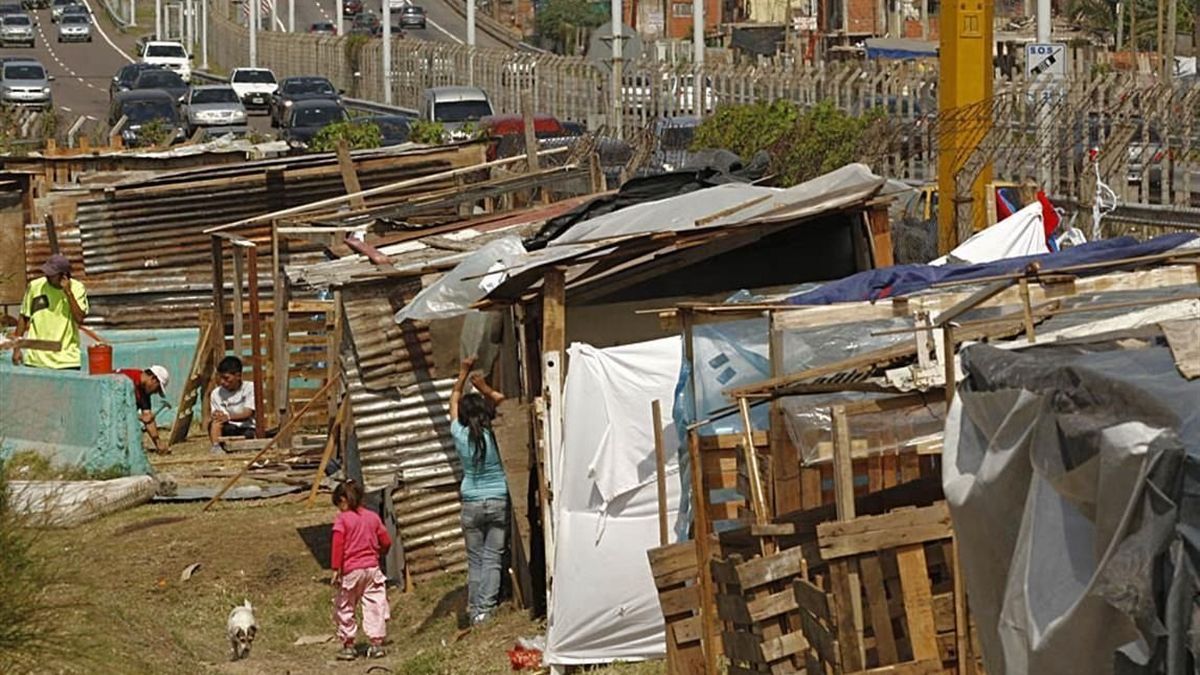2.2% of homes was last December occupying households in situation of critical Overcrowding, which reaches more than 217 thousand families that bring together 1.2 million people. The figure comes from the latest report of the INDEC on indicators of life conditions.
97.8% of households, which house 95.9% of people, live in conditions that do not reflect critical overcrowding and in those that do not have critical overcrowding, 84.9% live less than 2 people per room and 12.9% inhabit between 2 and 3 people per room.
The report notes that 2.2% of households are in a situation of critical overcrowdingwhich according to INDEC are households in which more than three people per room live, reaches 4.1% of the people in 217,000 households and 1,202,000 inhabitants, in the 31 agglomerates reached by the statistical survey.
The study indicates that 81.6% of households and 77.9% of people live in houses whose materials are of sufficient quality, while 6.5% are insufficient and 12.0% do so in houses of partially insufficient quality in its materials.
4.1% of households live in a house close to garbage dumps, another 6.5% do so in a house located in flood-prone areaswhile 95.9% of the homes are in areas far from garbage dumps while 93.5% of homes live in areas that are not subject to flooding (in the last 12 months).
The figures are part of the report on “Indicators of household living conditions” released today by INDEC, which corresponds to the second half of last year.
The survey based on data from the Permanent Household Survey (EPH), records that 94.2% of households (92.5% of people) live in homes that have a bathroom with flushing water, 5.8% of households do not have it and it reaches 7.5% of people in the clusters analysed.
In terms of services, 97.7% of homes, which house 97.4% of people, have water available inside the home.
88.5% of households access water through the public network, 8.9% by drilling with a motor pump and 2.3% have it outside the home.
INDEC statistics indicate that 90.1% of homes have access to the running water network; 68.5% have access to natural gas and 73.3% to sewage.
From these figures it emerges that 9.9% of households do not have access to the public running water network, 31.5% do not have network gas and 26.7% have no connection to sewage networks.
Source: Ambito




